Discover Golgulsa Temple: the experience of a weekend spent there
Have you ever thought you could book a weekend at a temple in South Korea? Believe me, I didn't know it was possible either, until I did all my research about activities there and learned about the term TEMPLESTAY. As soon as I read about this practice, I knew we had to get here, so the rest of the vacation was planned around the weekend already booked at Golgulsa temple.
What does Templestay mean?
Templestay is a unique cultural program in South Korea that offers travelers the opportunity to spend a weekend or longer with Buddhist monks. There are many temples that have included this practice in their program. You can stay for a few days, a month or a period of a few months to experience a small part of the monks' life and to better understand their ancient traditions.
This program has been very popular since 2002, and since there are 130 of temples to choose from, but only 27 of these are also in English; you can check the list here..
About Golgulsa Temple
We have chosen the Golgulsa temple because it is the most popular of all the temples with this program included and because of its location, being right on our route to Gyeongju and Busan. The cultural shock wasn't so big because there were plenty of tourists both Europeans and Koreans, but perhaps next time we'll choose a slightly more secluded temple for even more connection with ourselves.
The temple is located an hour's bus ride from the city of Gyeongjuin the Hamwolsan Mountains, and the quite in here is something special. It's also the only temple where the statue of Buddha's birthday. is carved into the rocks. Activities you can do here include Sunmudo meditation, archery, tea ceremony with the monks and the 108 prostrations. For more details on the types of accommodation you can go to their official page..
What is in fact Sunmudo training?
The word Sunmudo is divided like this: SUN refers to meditation, MU means martial arts, and DO means discipline. So SUNMUDO literally translates as the art of doing martial arts through meditation.
Sunmudo represents the Korean Buddhist martial arts which, through the different elements that complement each other so well, are unique. It combines the powerful and dynamic movements of martial arts in perfect harmony with meditation, yoga and chi qong exercises. Their aim is to harmonize mind, body and breath.
What are the 108 bows?
The 108 bowings are our mental sufferings that surface when the 6 sense organs meet. Because I don't want to make a mistake by reinterpreting the words of the monks, I leave here the paragraph in quotes:
“Take these 6 combinations of sense organs(The eyes, ears, nose, tongue, body and mind) and sense objects(color, sound, smell, taste, touch and concept) and multiply by the three reactions (likes, dislikes, neutral feeling, which tum to joy, sorrow or indifference) to equal 36; then multiply this by three for the past, present and future, giving us 108. Doing 108 bows helps to sublimate and purify. By completely concentrating body and mind in unison, we rid ourselves of the scattering of energy that sensations and reactions cause us. Our basic nature is pure, infinite, and capable of anything, but we keep losing our basic nature through our reactions to these sensory processes.”
How can you book your stay at the temple?
On their official page. you can find the accommodation options they offer. Once you've chosen what suits your itinerary, you book on their page, and shortly after you'll receive an email from the temple with payment details and how to get there.
There are three important things to be mentioned:
We chose to spend one night here, so two full days, and we each shared a room with other people of the same gender. Per night we paid 80,000 KRW/person, which includes absolutely everything. The only things that are extra-cost are archery - 10,000 KRW/person and horseback riding, if available - 20,000 KRW/person.
You cannot select how many people you want to share the room with, you will be assigned randomly. We were lucky and had adjoining rooms with two other colleagues each, so there were 3 of us in a fairly spacious room.
Weekend's schedule
I'll try to sum up the schedule of the two days spent here, with some details to help you understand what's going on at the temple, but I don't want to ruin the surprise for you when you arrive here.
How do you reach the temple?
To get from the train station in Gyeongju to the temple, you have the following option: you take the bus 50 or 51 and get down to station "Express Bus Terminal". On the same station you then continue with buss 100 or 150.
The journey takes about an hour and a half, it depends a lot on traffic. For us it took an hour because the driver did not stop at all stations, but only at those where people signaled that they wanted to get on or off, and thus the time was reduced.
The final destination is Andong/Kirimisa Temple/Golgulsa Temple Entrance and from there you will have another 20 minutes to walk. Maybe you are lucky enough that at the same time, the pick up car from the temple arrive at the station, but it doesn't have a specific schedule.
First day
Check-in is after 2:30 p.m., but I recommend arriving quite early, maybe between 12:30-1 p.m. The program starts at 3 p.m., and 30 minutes are not enough to see for yourself the temple area and arrive on time for the first demonstration.
The check-in formalities are as follows: you receive the schedule for the two days, the map of the temple and some information about those you will learn here, the uniform you must wear for the entire duration of your stay, a sheet and a pillowcase for the futon, and you are shown the building where your room is. Now you also have to pay for your stay (we paid in cash, you can probably also pay by card).
The rooms are quite spacious, with shared bathroom and you will sleep on futon, a thin mattress placed on the heated floor. It's a dorm-like experience.
As I already mentioned, at 3pm there is a demonstration of Sunmudo by the monks for everyone that is visiting the temple, not only for the ones that will stay for the night. The temple is open to everyone and you will see that there are a lot of Korean tourists both visiting for a few hours and staying for the whole weekend.
Then comes the temple etiquette presentation and Sunmudo training for the participants. The monk taught us some movements combined with many types of breathing, explaining exactly what benefits they have on the body. Before dinner, the 108 bows are made, they are not mandatory, but you can try to participate because you certainly don't encounter this ritual every day.
During meals it is recommended to enjoy your food quietly and not to waste even a grain of rice. In the evening there is plenty of time to explore the surroundings and enjoy the tranquility of the temple.
Second day
On the second day, the wake up call is at 5am because at 5:30 you can be part of the song specific to Buddhism and to morning meditation.. After this very soothing and spiritual moment, it follows the walking meditation in the surroundings of the temple. This is meant to make you connect with nature, hear it, feel it and understand it, so it must be done quietly.
After breakfast, you can choose to have the Sunmudo training at the temple as well, or you can pay a fee of 10,000 KRW/person and go to the beach. Obviously, I suggest you choose the second option! We went with one of the monks to a spectacular beach where the lava left impressive traces by the sea.
We also climbed a tower to observe the surrounding landscape, and then practiced meditation on the adjacent beach which had stones. At the same time, we learned other Sunmudo movements, a little more complex than those of the previous day. After the hour spent here, had lunch and then check out. The way back to Gyeongju is the same as the way you came here.
About the food
We enjoyed the food very much and didn't miss meat or dairy at all. The dining hall is specific to Korean culture: you will sit on a cushion, on the floor, with all your colleagues and monks. It's a buffet, so you can get up and take it if you need more, but it's nice and appreciated if you won't leave anything on your plate.
You will only eat with chopsticks and, at the end, you have to wash your dishes without wasting water. At each meal we had rice, kimchi and pickled radishes, seaweed soup with tofu and a stir-fried vegetable, zucchini or sweet potato. In the morning there were bread with jam and soy cheese, in addition to rice and vegetables.
The monks recommend that the meals take place quietly in order to be present in this process, but it is very difficult for this to happen when it is full of people from so many countries and everyone is curious to know things about the rest of the people.
Templestay – prezentare generală pe zile
First day:
Second day:
Optional activities like archery or horse riding are scheduled after the checkout.
Conclusion
The experience at the temple quickly entered the first place in the list of experiences tried so far! It didn't seem commercial or staged for tourists. The monks went about their daily activities without caring that there were several dozen people who were constantly looking at them. All the staff was extremely friendly and very keen to present all their knowledge in English as best they could.
The food was extremely good and the bedrooms were comfortable even if you sleep on the floor. The fact that we slept in shared, separate rooms helped us to meet other people from many corners of the world.
Perhaps most of all I enjoyed the explanations of all those breathing techniques and the meditation on the beach with the sound of the waves in the background. It was the most spiritual practice I have done so far.
I highly recommend that you also come here on your Korea vacation because it is 100% worth it. Try to add Golgulsa Temple to your list and go there with an open mind and heart to what you will experience. Please leave me a comment if you liked this post, and if you need more details, please leave me a message!


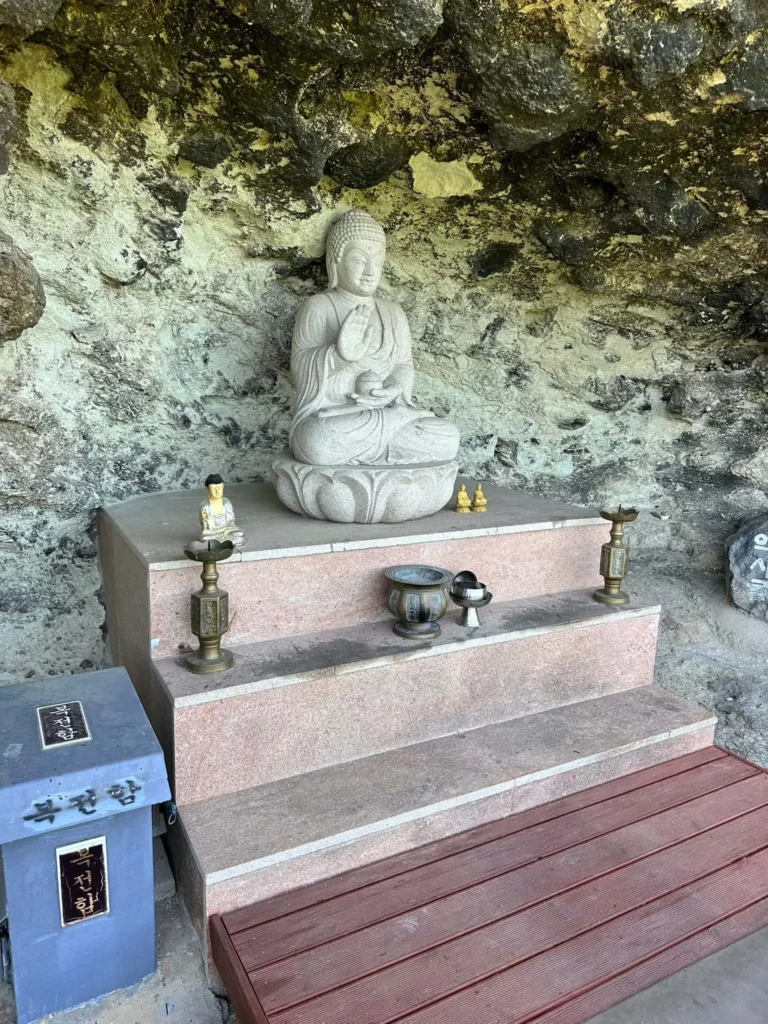
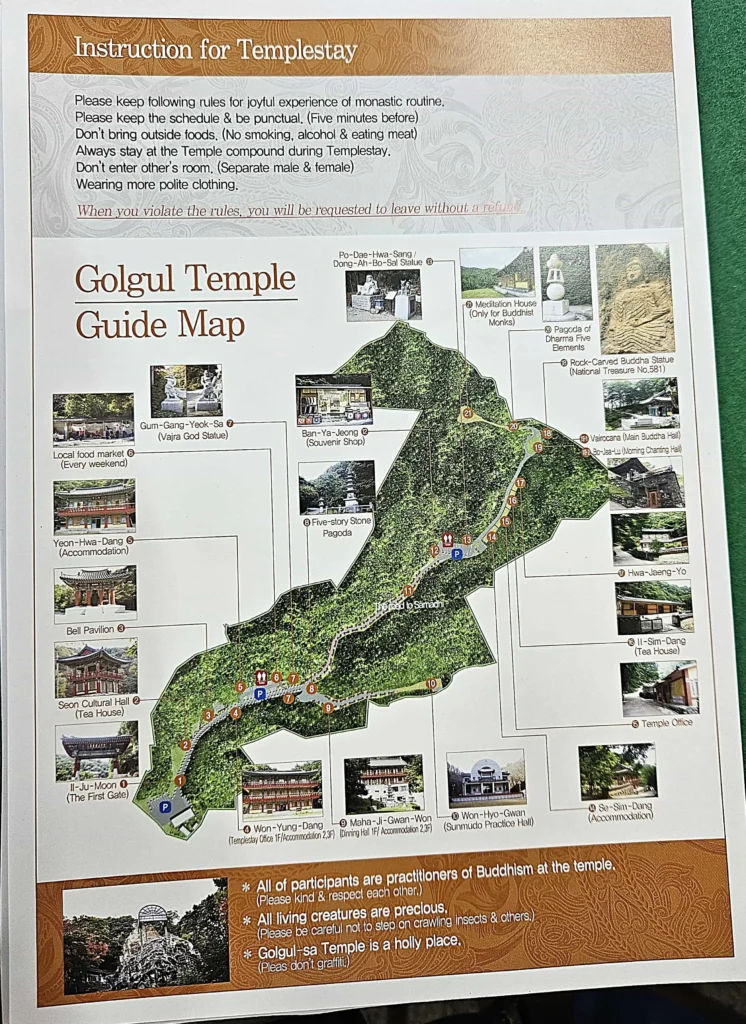
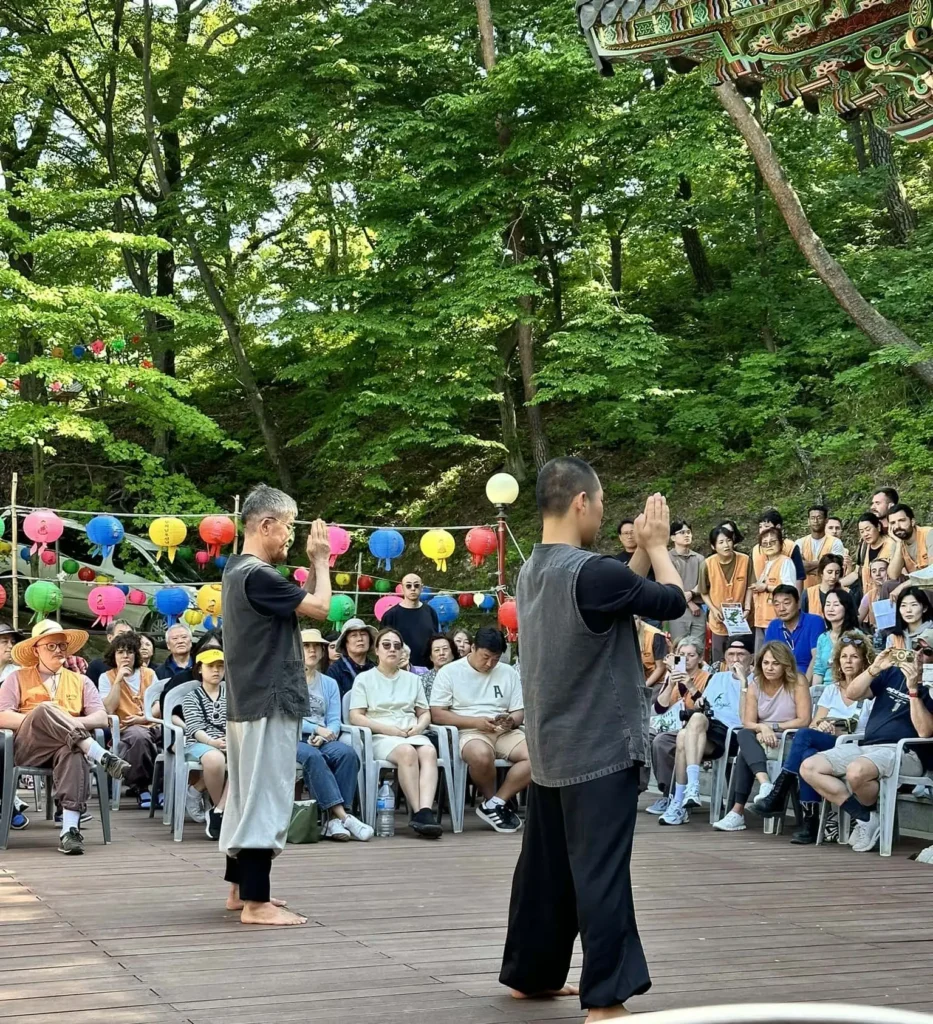
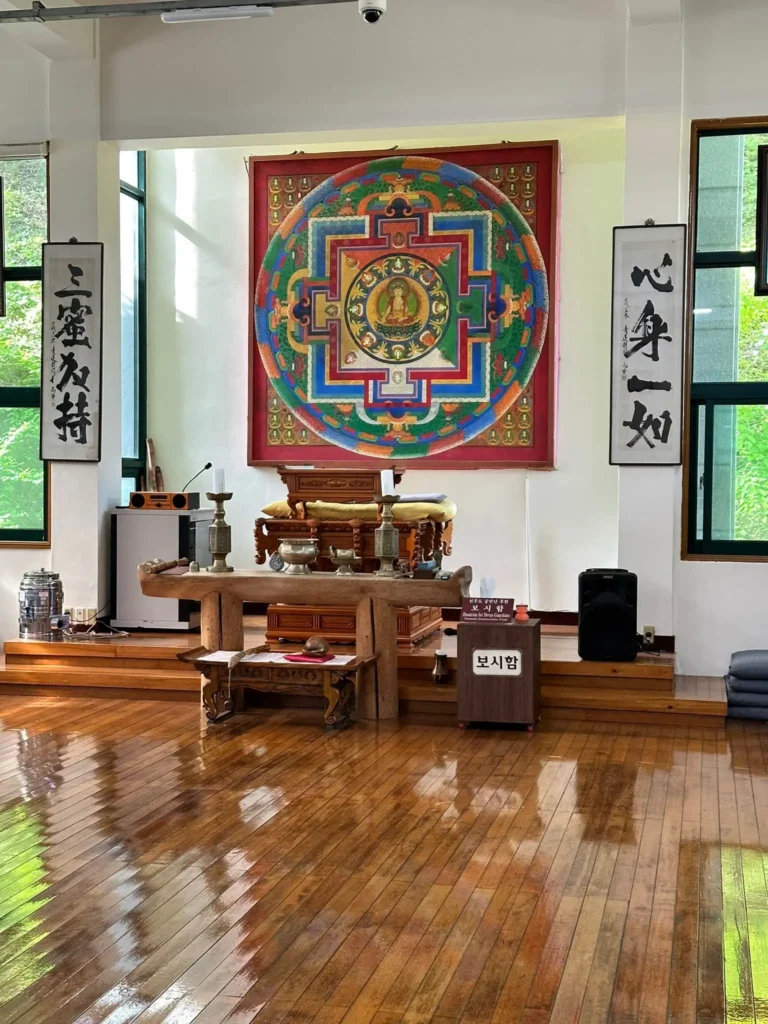
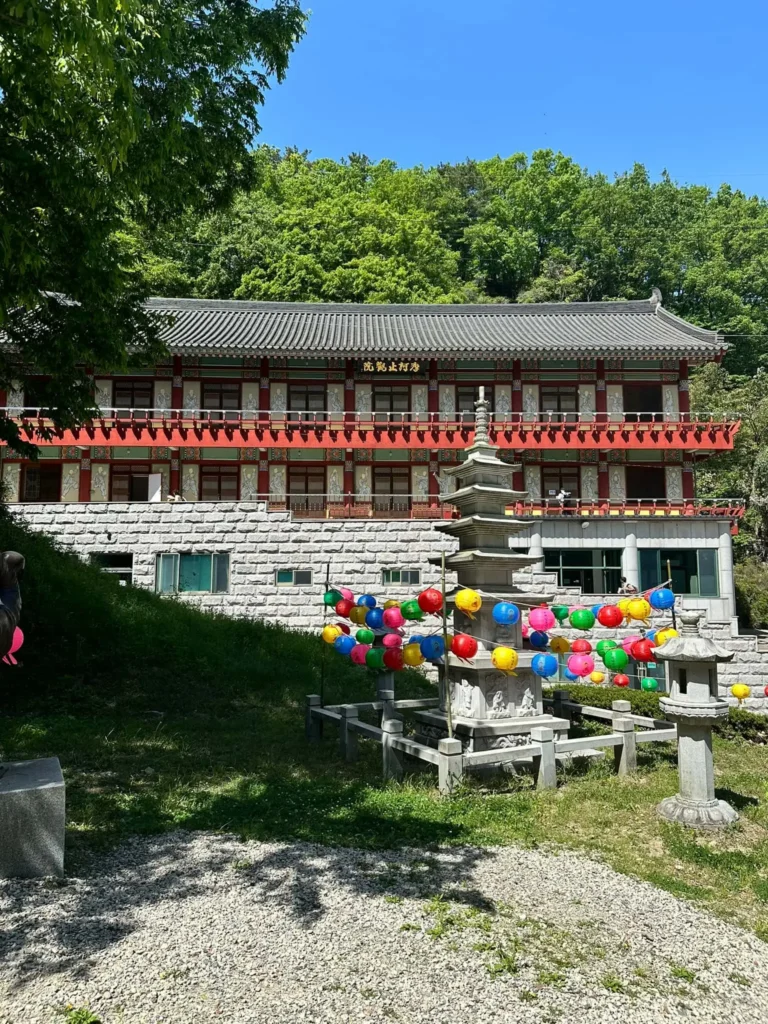
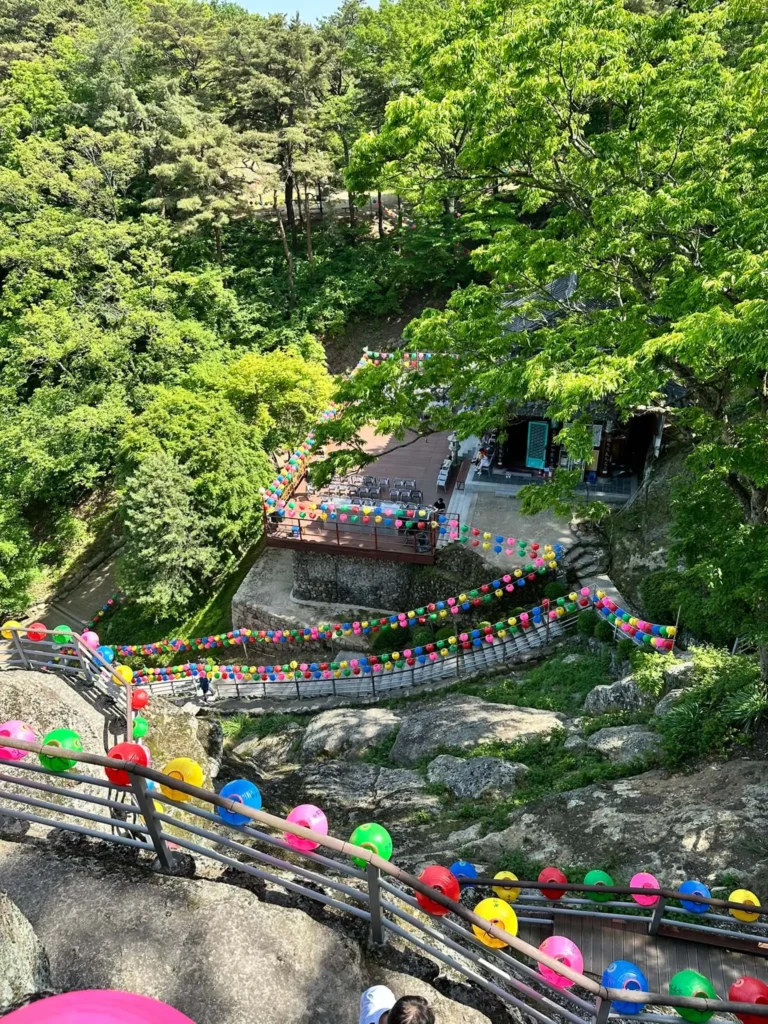
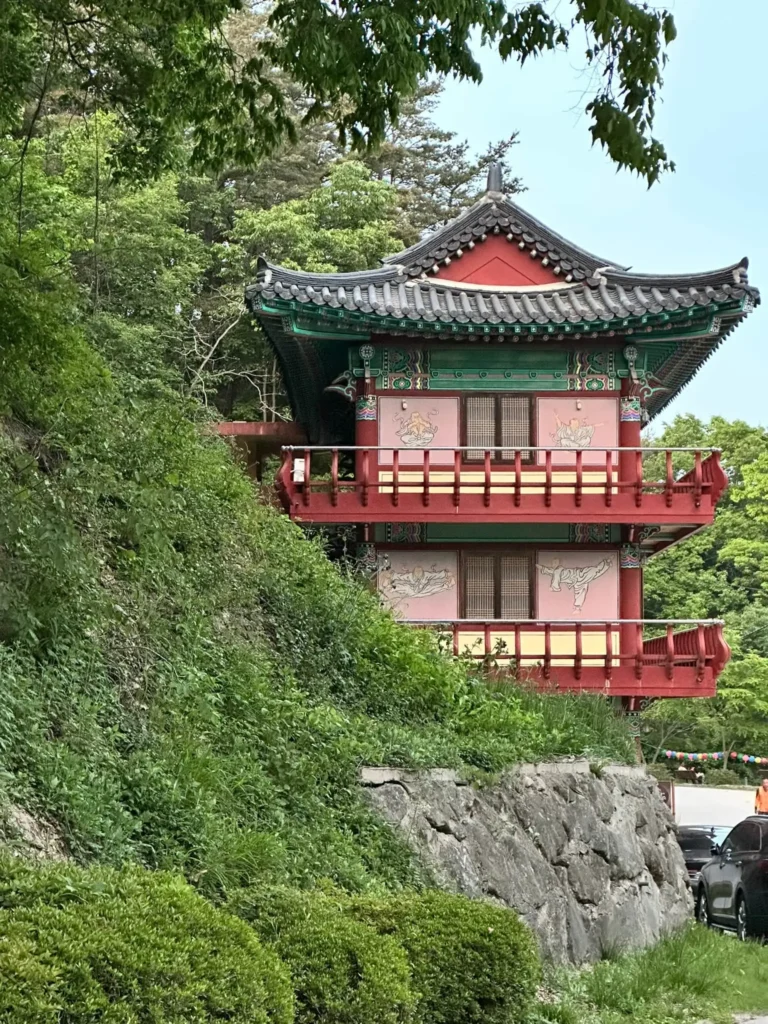

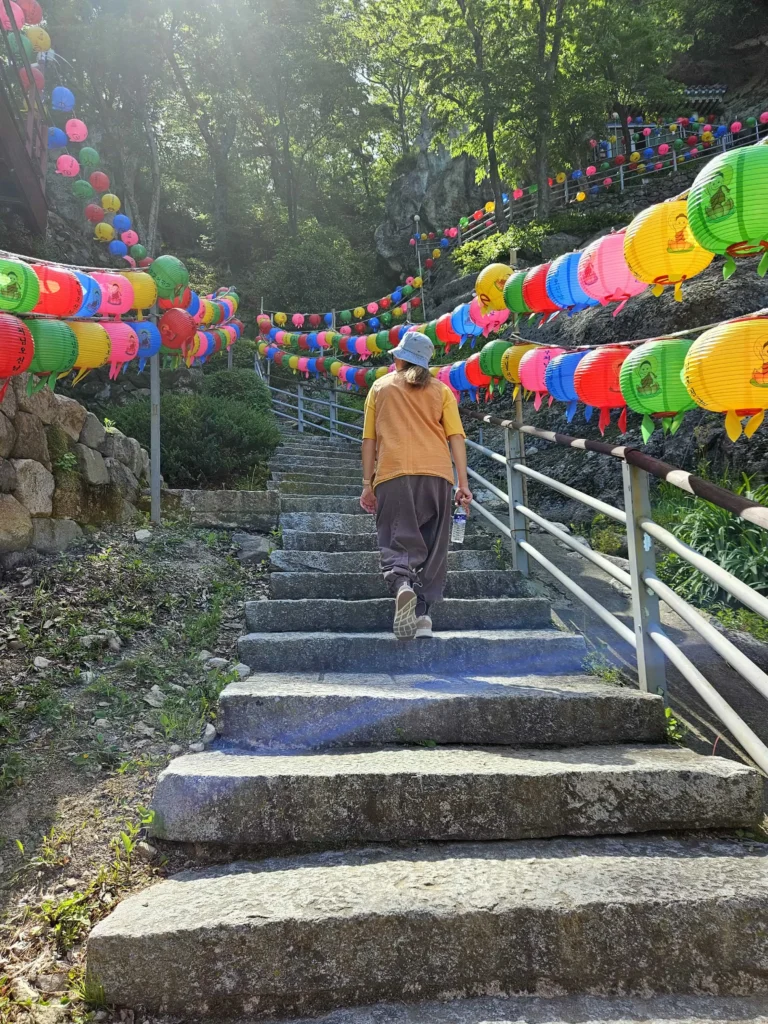
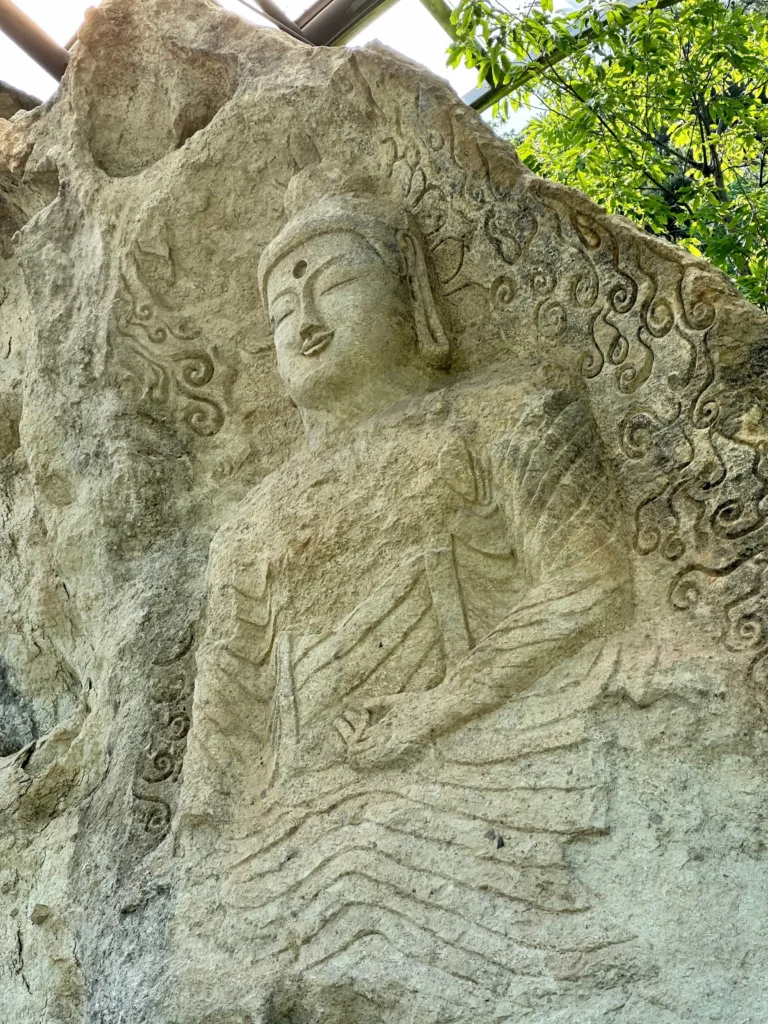
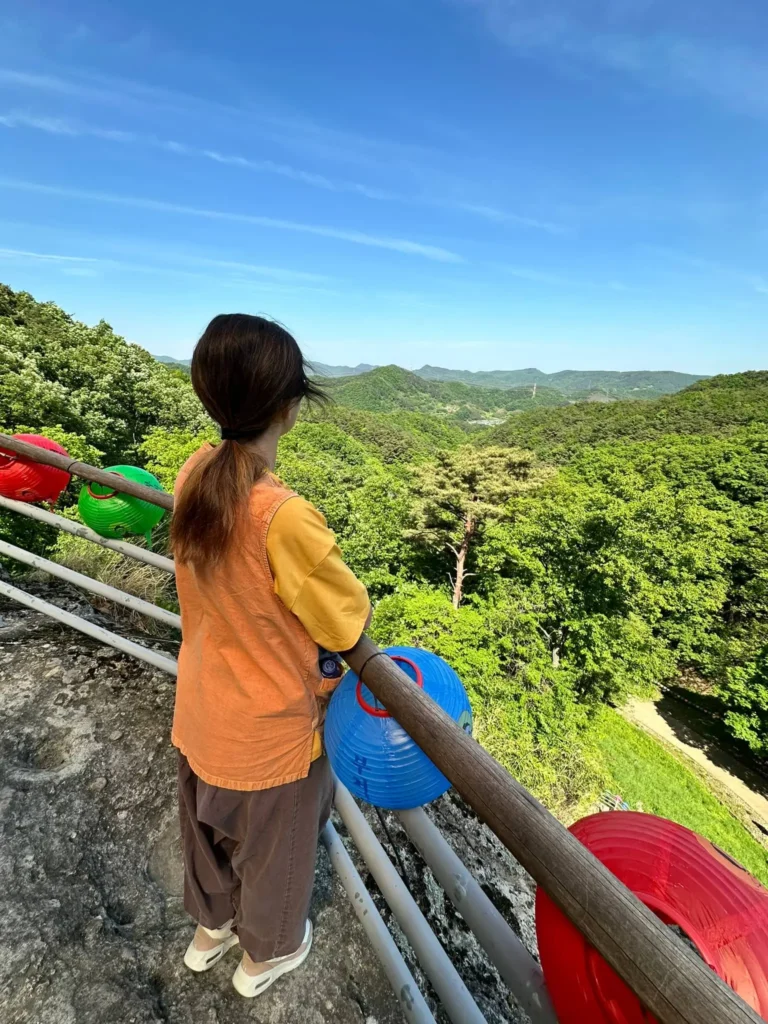
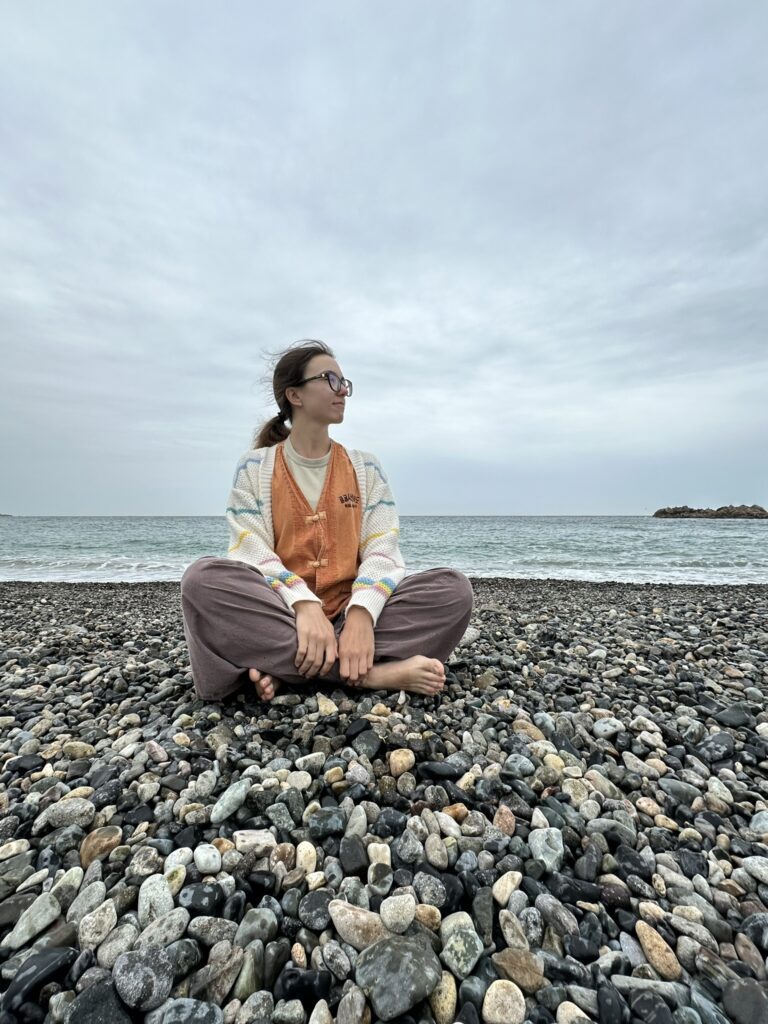
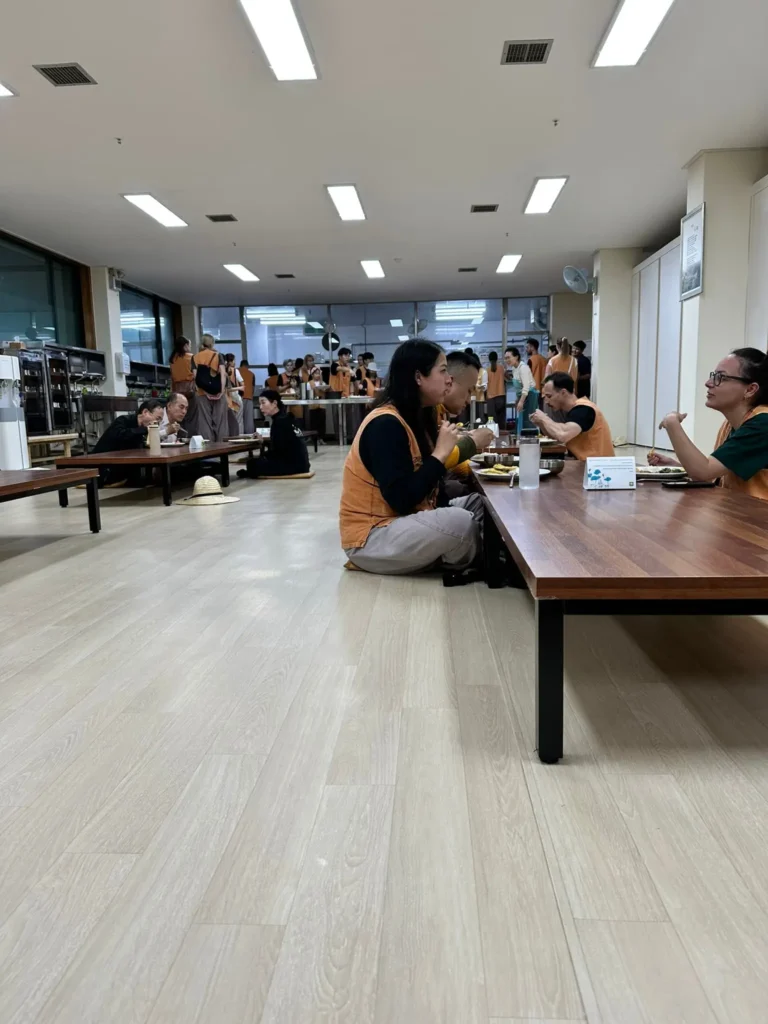
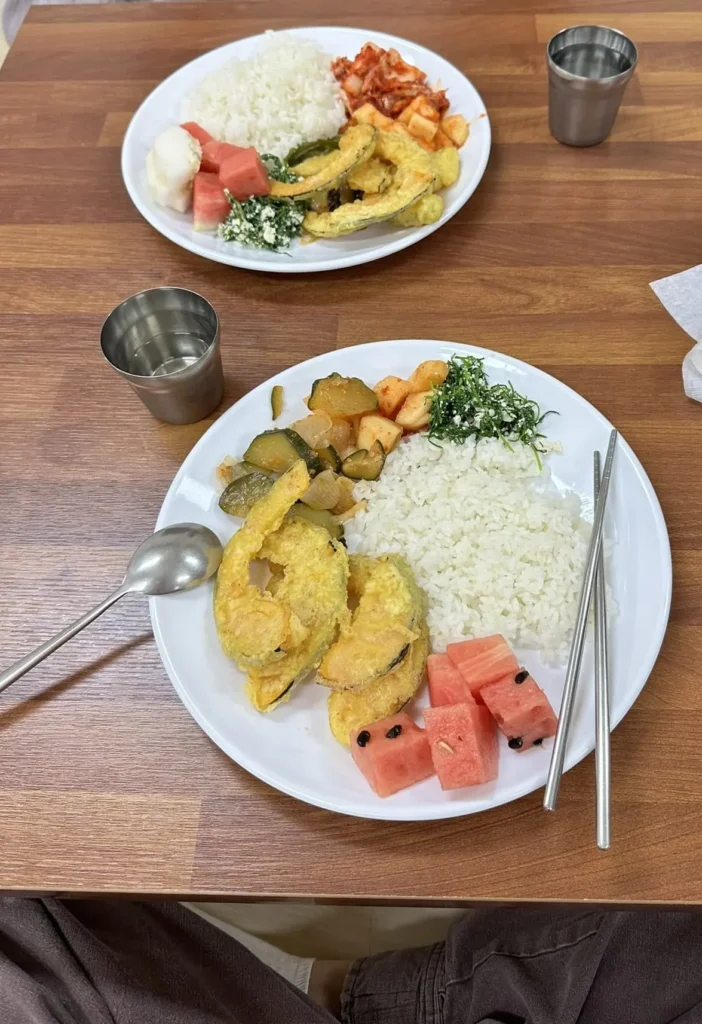
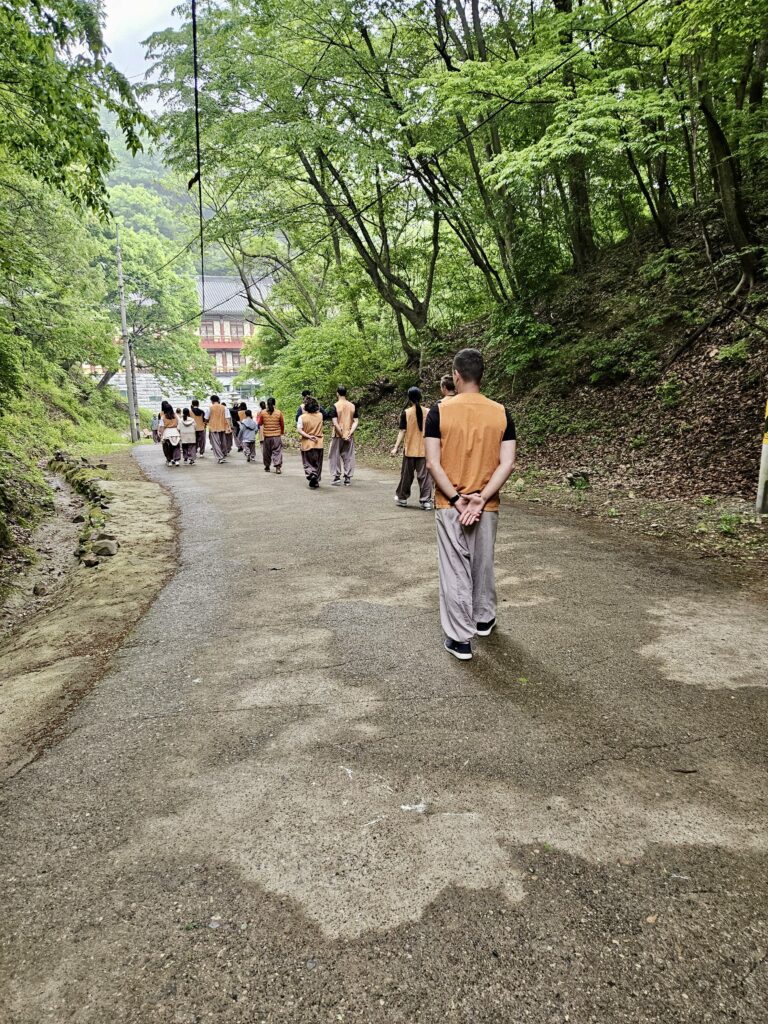
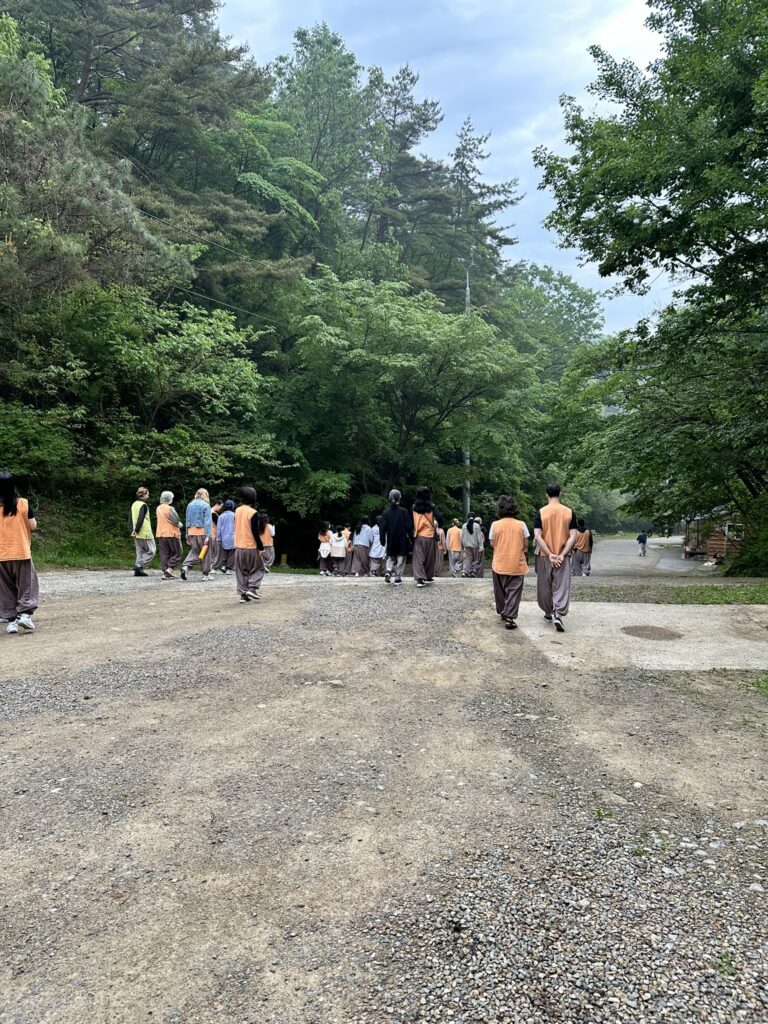
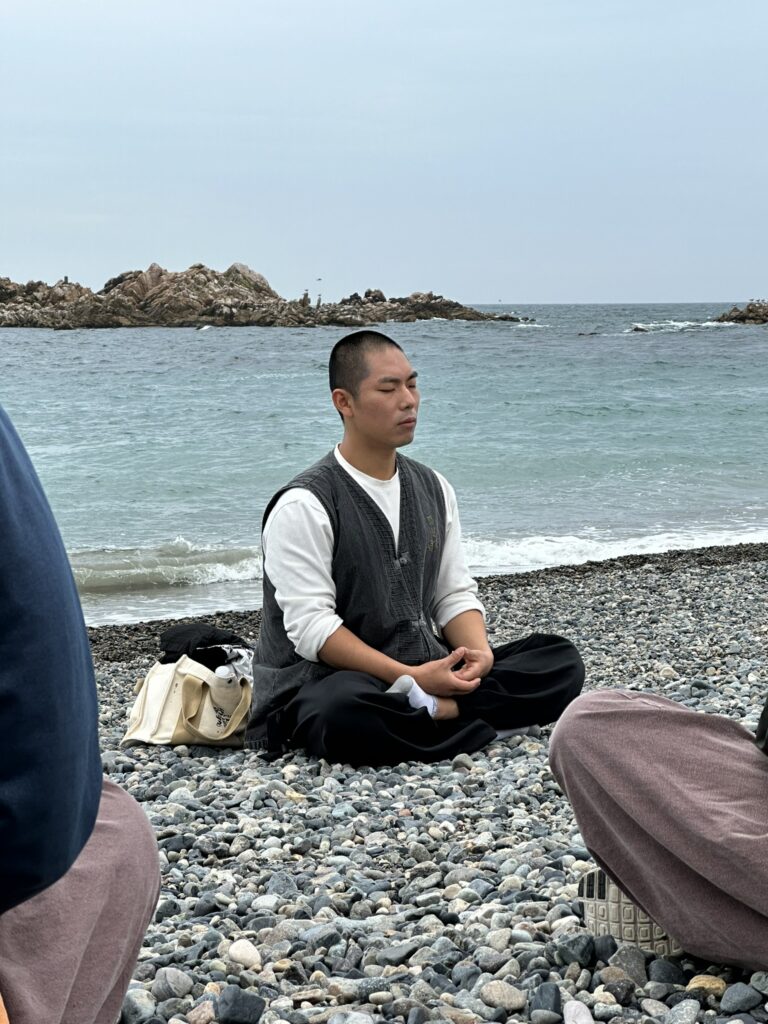
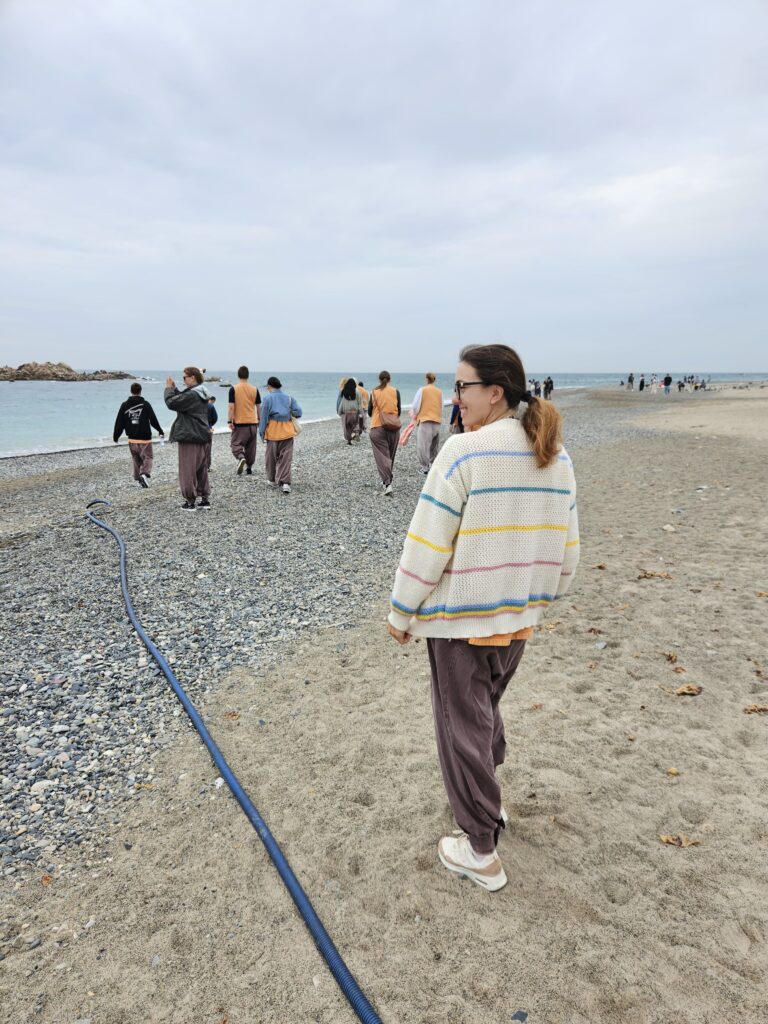
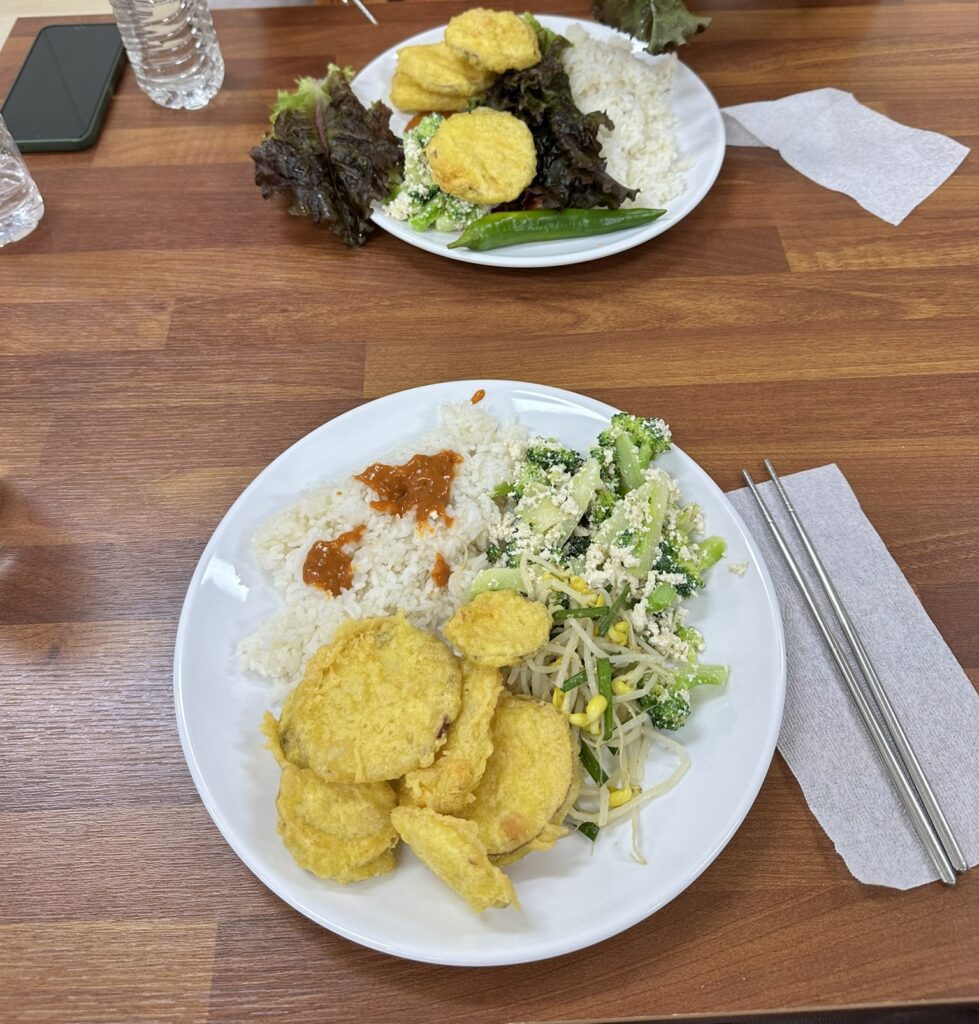
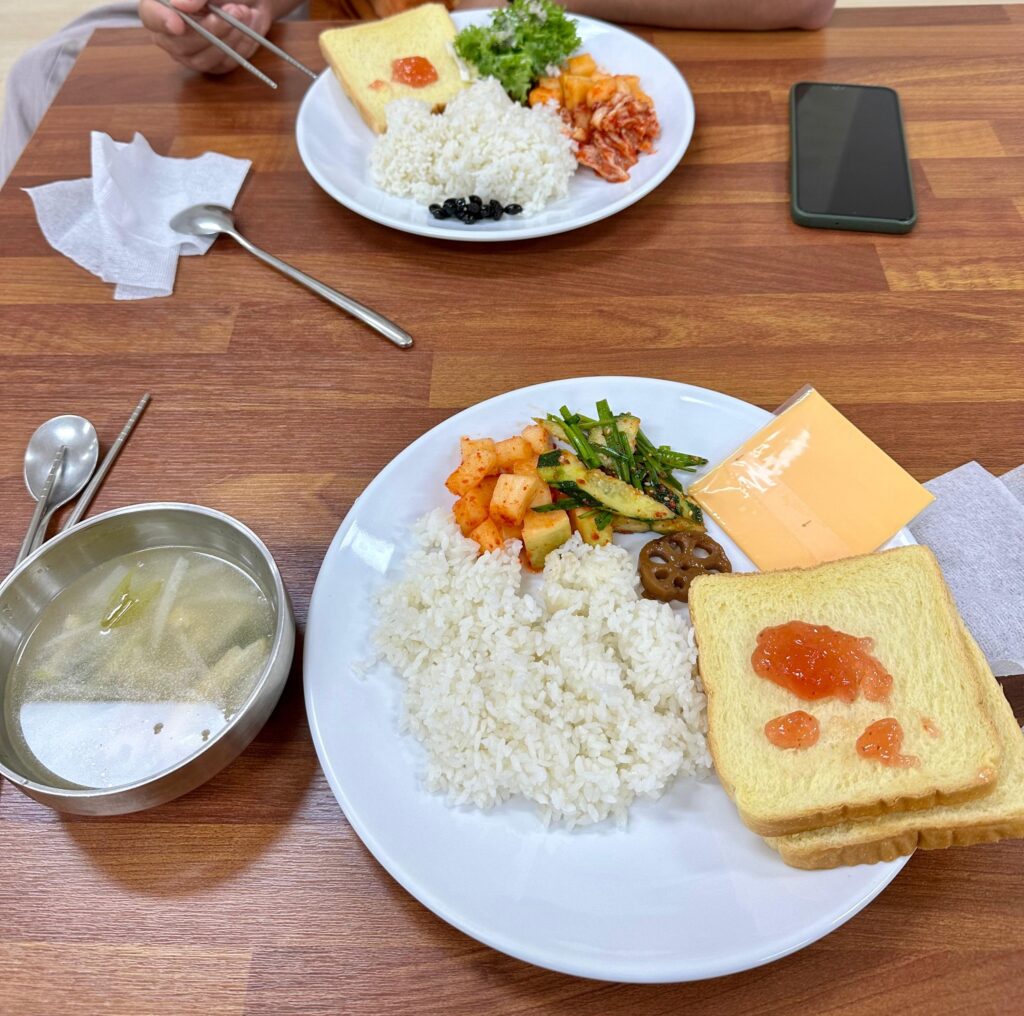
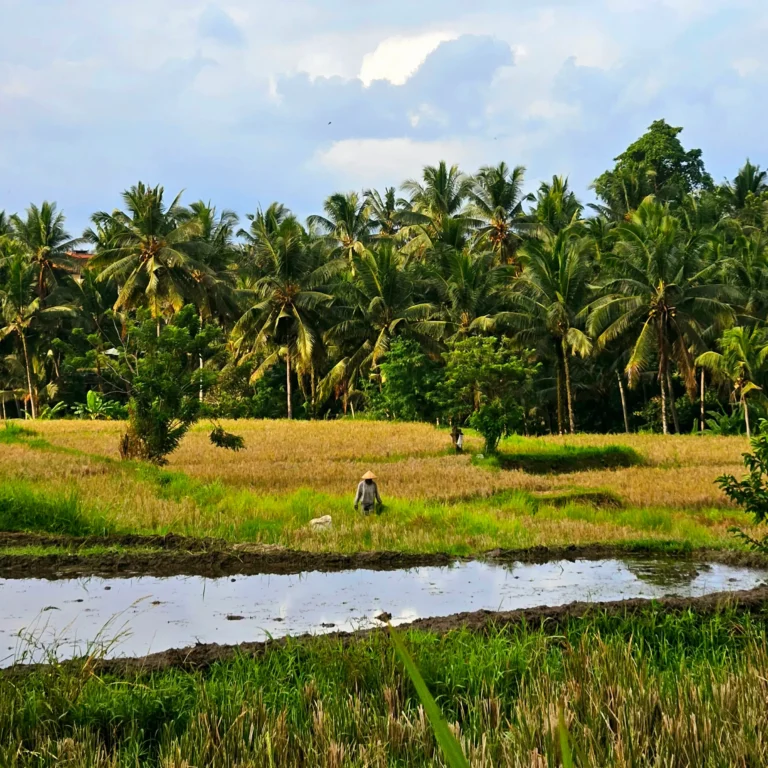


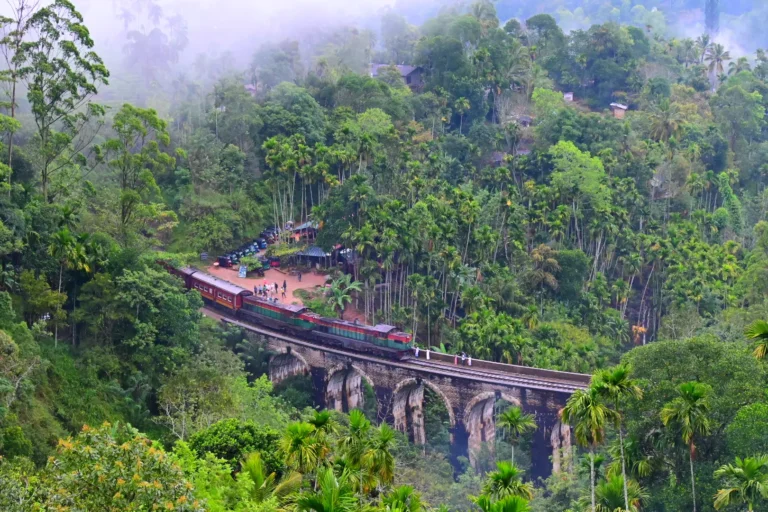
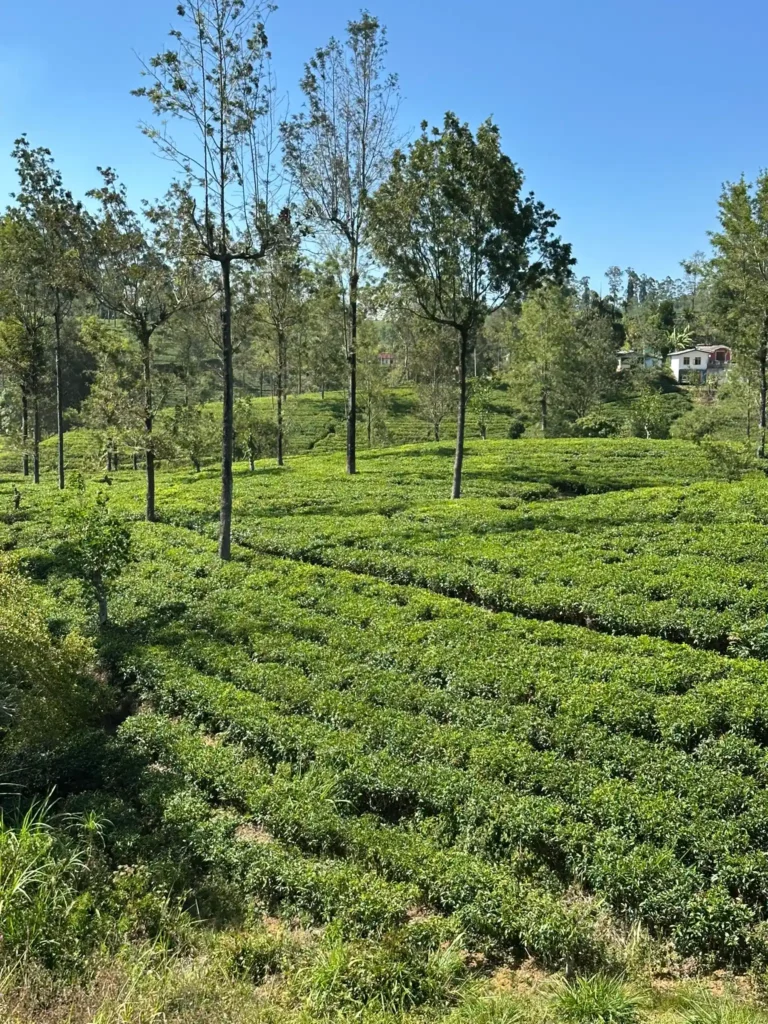
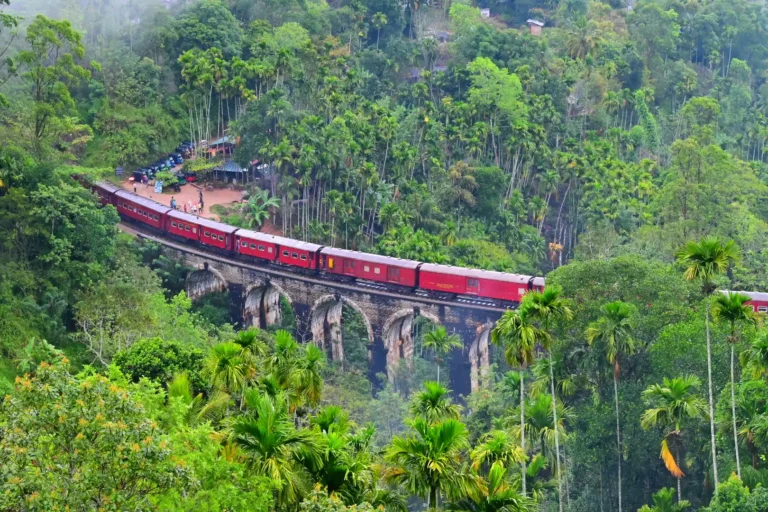
One Comment